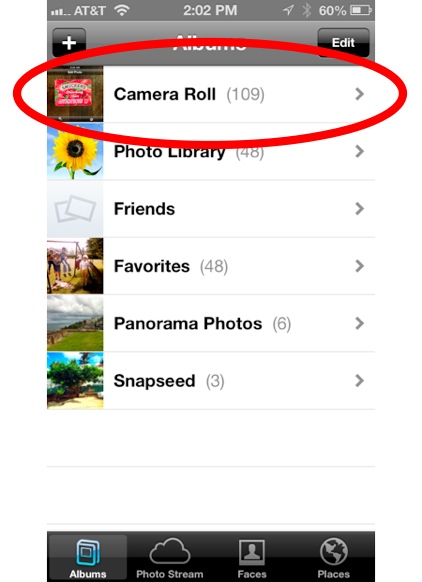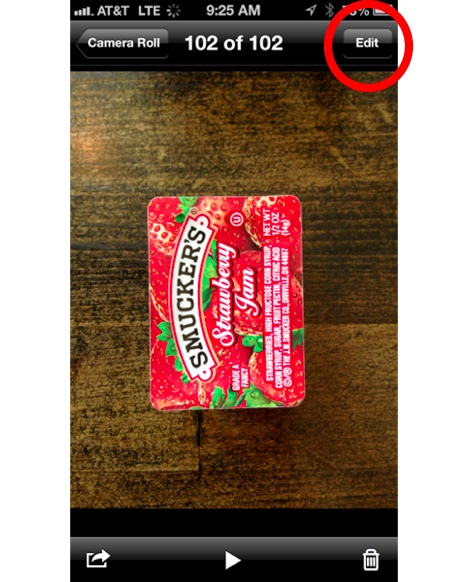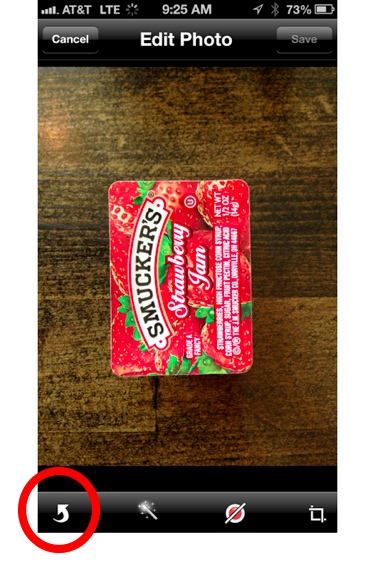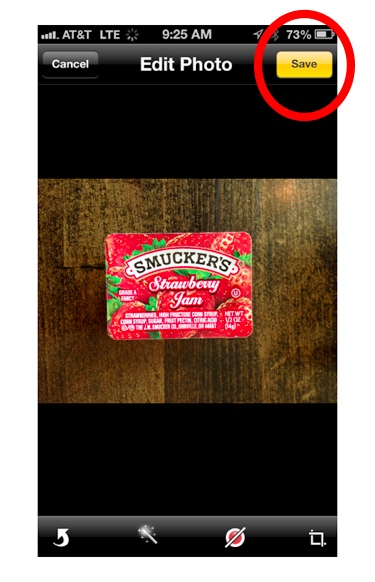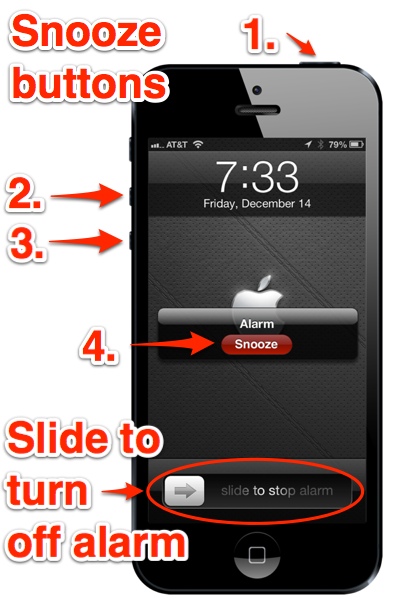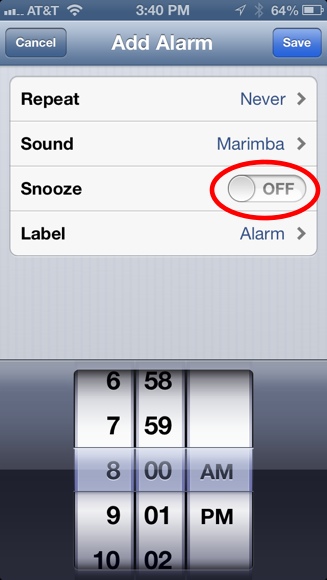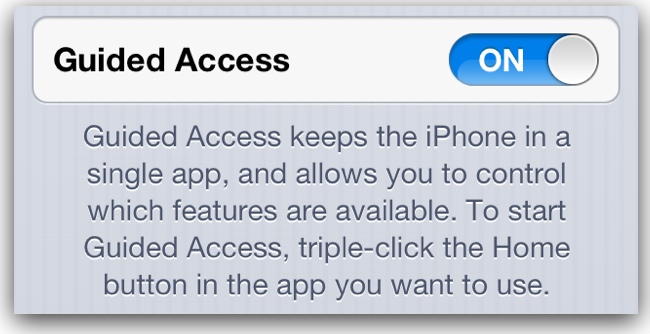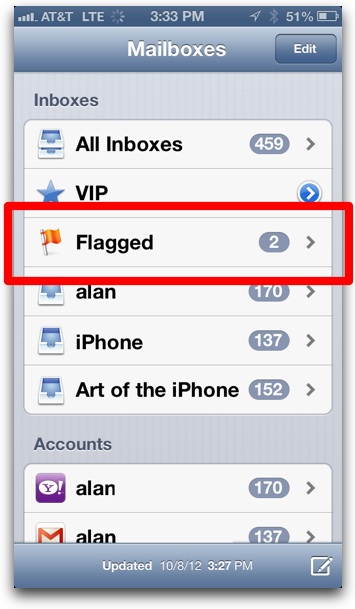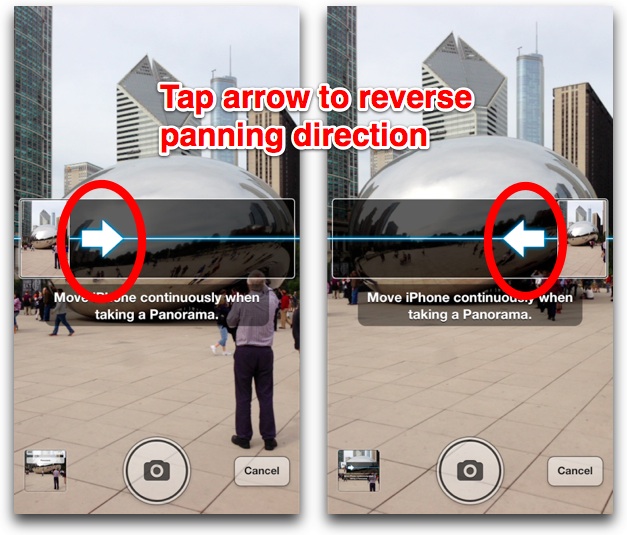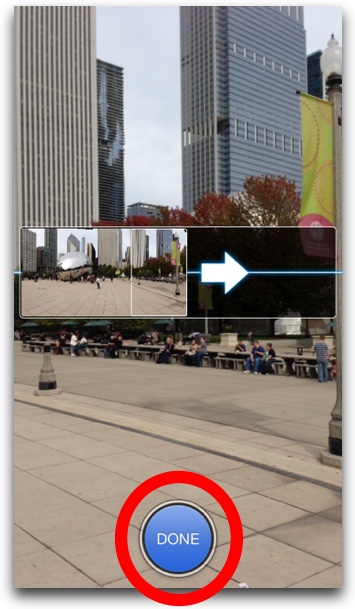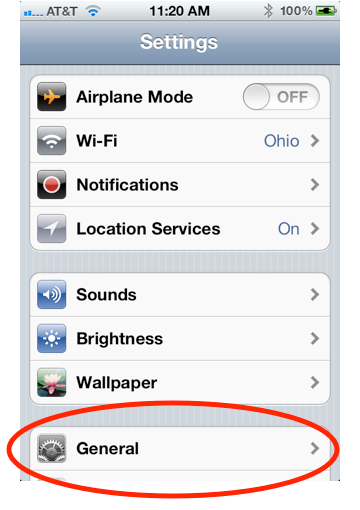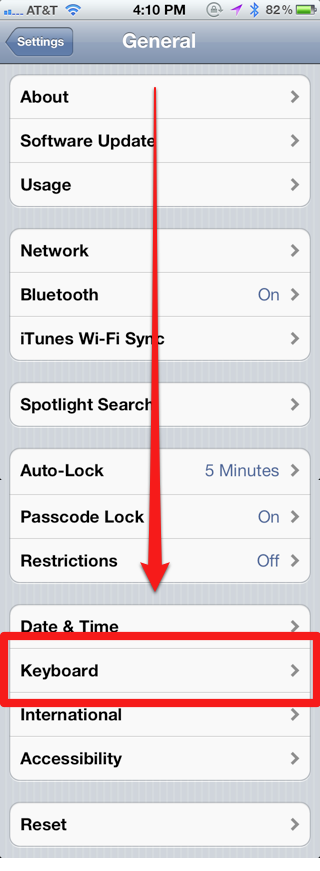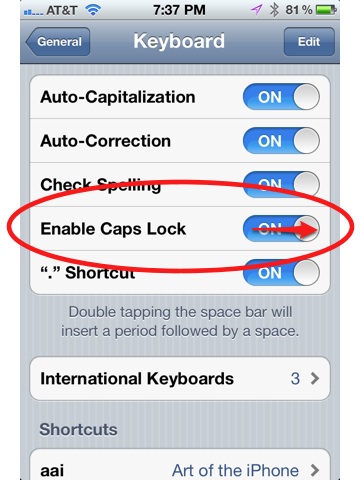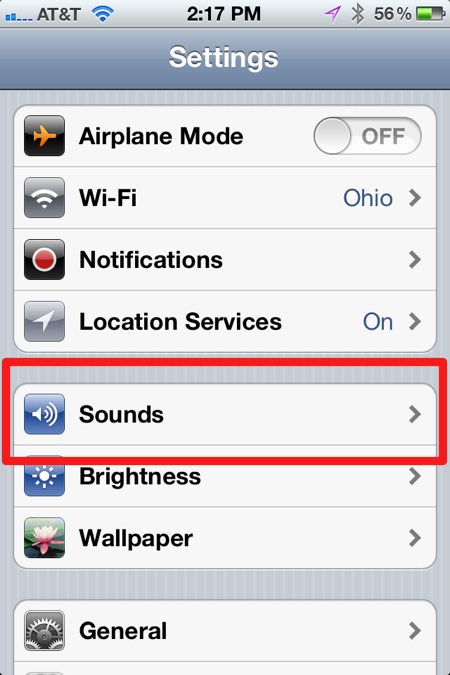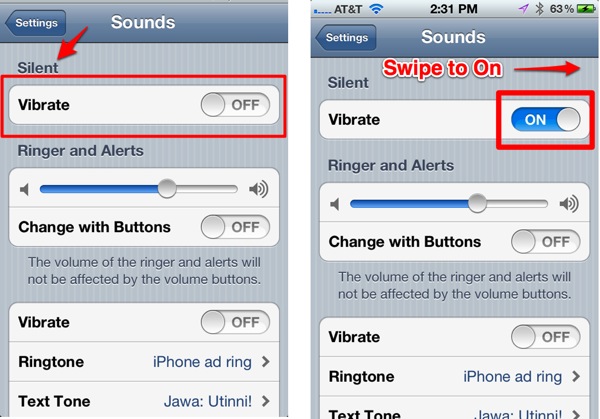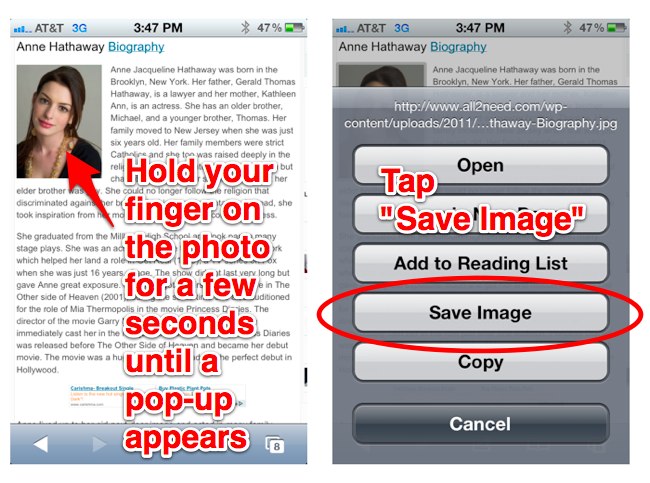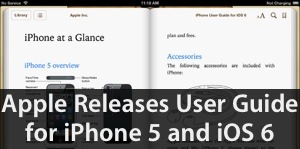
A lot of people are interested in insuring their iPhone for accidental damage. Until last year, only third-party companies offered insurance for the iPhone. But in 2011, Apple stepped up to the plate and now offers AppleCare+ for iPhone. In a nutshell, AppleCare+ for iPhone costs $99 for a two-year extended warranty that covers accidental damage like broken screens and water damage. The kicker is that is has a $49 additional fee for each time you need your iPhone fixed (for up to two times).
So, is it worth paying $99 up front for a chance to pay $49 to get your iPhone fixed or replaced in the future? What are the costs to get your iPhone fixed if you don’t have insurance? Read on.
What It Costs to Fix Your iPhone Without Insurance
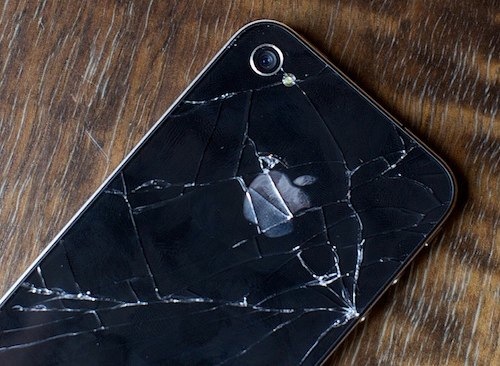
Most major damage to your iPhone, like cracked front screens and water damage, will cost you $200 to get it “fixed” by Apple, with fixed really meaning you’ll likely get a whole new iPhone. The $200 uninsured repair cost is only $50 more than the $150 AppleCare+ cost (the $99 up-front price plus the $49 repair fee). Sure, you are saving $50 with AppleCare+, but then again, you may end up paying $99 for AppleCare+ and never have a need for it.
Where AppleCare+ starts to pay off is if you break your iPhone again. Without insurance, it’s $400 to “fix” your iPhone twice, compared to AppleCare+’s $200 total fee for two repairs.
Oh, and if you’re uninsured and only break the iPhone’s rear glass screen, count yourself lucky. Apple only charges $29 to replace it.
Should You Buy AppleCare+ for iPhone?
For most people, AppleCare+ for iPhone is likely not worth it, but some people in unique situations might find it useful. For example, do you have a history of breaking iPhones multiple times or are in a situation where that could happen (kids like to throw things or work in a hazardous environment)? Then AppleCare+ might be totally worth it. Are you completely new to the iPhone and want phone tech support at home for how to work the darned thing? AppleCare+ might be worth it.
I don’t purchase AppleCare+ for iPhone for a few reasons. First, I’ve kept my previous generation iPhones as backups in case the new one breaks. Even then, I would likely pay the $200 for a new one—that is, if it wasn’t rumored a new iPhone was just a few months away. I also don’t need the phone tech support (there’s the Internet and a few Apple Stores in my city as well).
Overall, AppleCare+ for iPhone is a tough sell, and if you can afford the expensive monthly phone carrier fees, you can likely afford to go without it. Then again, if you are abusive to your iPhone, it may be worth it in the end.
Notes:
- AppleCare+ for iPhone does not cover losing your iPhone or having it stolen.
- If you don’t live near an Apple Store, you can send in your iPhone via mail to get it fixed. They’ll even send you a loaner iPhone while you wait. You just need to supply a credit number for authorization as security for the retail price of the replacement iPhone or any shipping costs.
- If you want to know all the ins-and-outs of AppleCare+ for iPhone, you can find Apple’s legal documents in PDF form here.
- Apple introduced AppleCare+ for the iPad ($99) in March 2012, and unlike the iPhone version, it may actually be worth buying.
- Best Buy’s insurance for the iPhone costs $15 a month. That’s $360 total over a course of two years.
